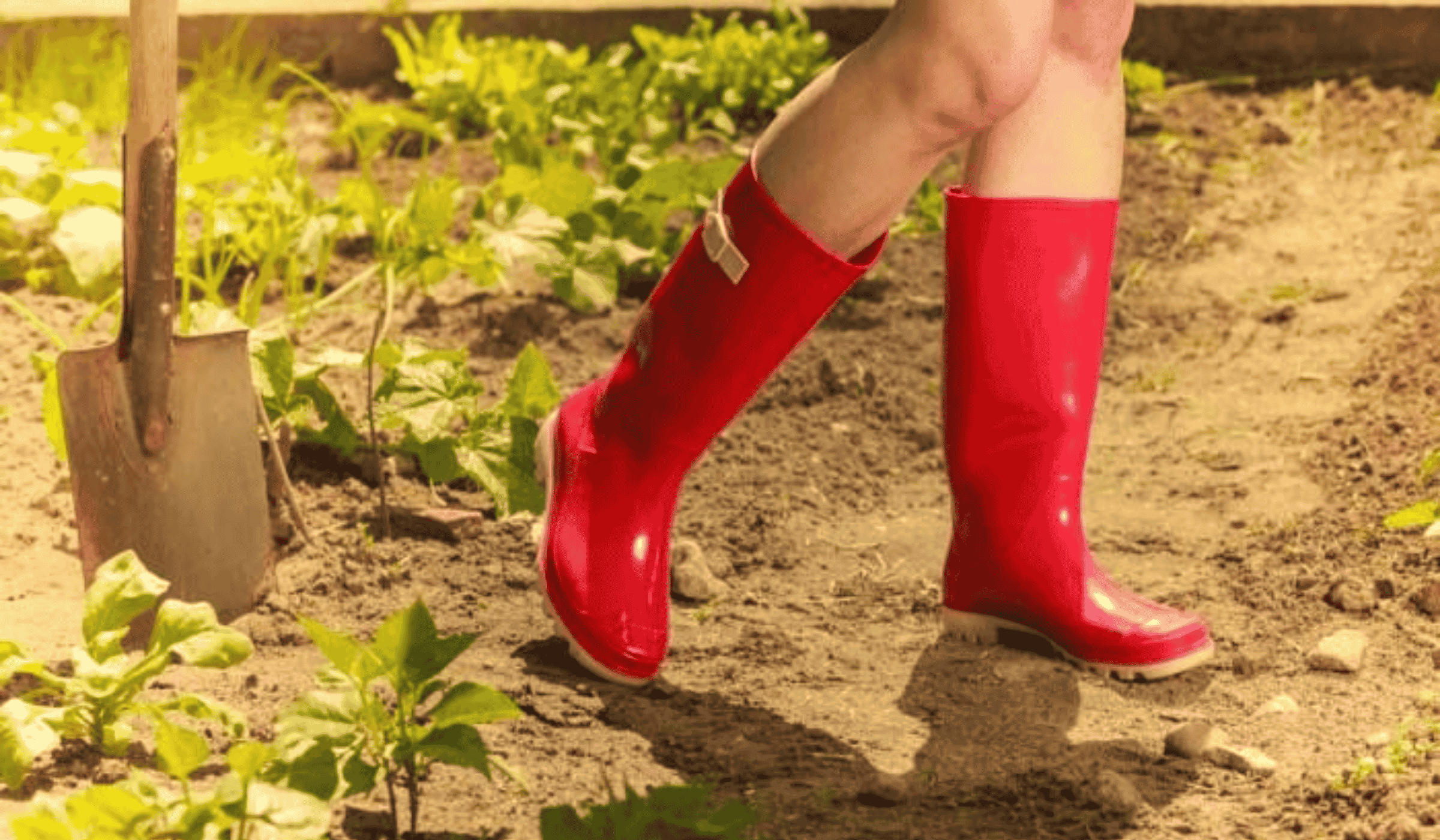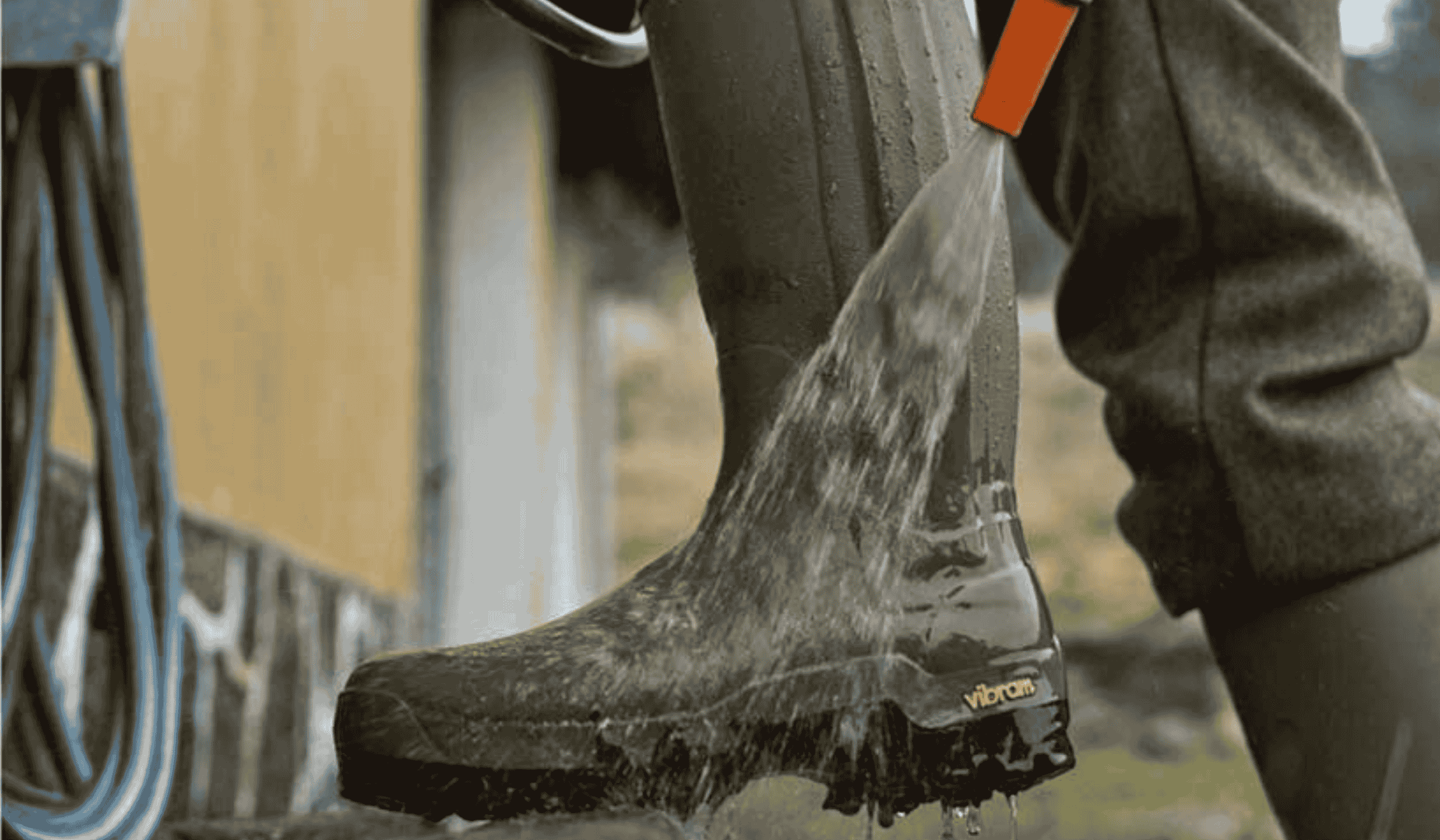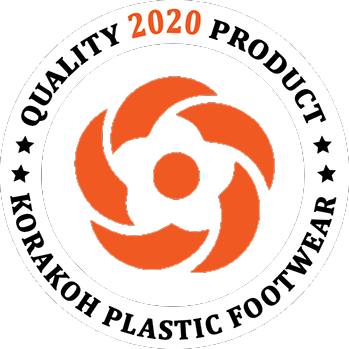Agriculture is one of the most physically demanding professions. Farmers and agricultural workers spend long hours outdoors, often in unpredictable weather and challenging terrains. Whether it’s planting rice in wet fields, managing livestock in muddy pens, or harvesting during the rainy season, one of the most important yet overlooked aspects of farm safety is proper footwear. Quality rain boots for agriculture not only keep feet dry but also play a crucial role in protecting against injuries, infections, and fatigue.
This article explores why investing in durable, well-designed rain boots is essential for anyone working in agriculture — and how the right pair can make a difference in comfort, productivity, and overall safety.
1. The Harsh Realities of Farming Environments
Farmers deal with all sorts of conditions that can be tough on the feet. Agricultural environments are rarely predictable — fields can be flooded one day and dry the next. Mud, animal waste, sharp stones, fertilizers, and even pesticides can all pose risks to unprotected feet.
Rain boots act as a barrier against these elements. They prevent water from seeping in, keeping the feet warm and dry even during long hours of work. When feet are wet for too long, workers become vulnerable to conditions like fungal infections, blisters, and trench foot — a painful condition caused by prolonged moisture exposure. Quality rain boots made with waterproof materials such as natural rubber or PVC help avoid these issues, providing the necessary protection and peace of mind.
2. The Role of Safety in Agriculture
Agriculture may seem like a peaceful line of work, but it’s one of the industries with the highest rates of workplace injuries. Many of these accidents involve slips, trips, or falls — especially in wet or muddy areas. A good pair of rain boots with non-slip soles can drastically reduce these risks.
Slipping while carrying heavy tools or machinery can result in serious injuries. That’s why modern agricultural boots are designed with anti-slip treads and deep grooves that improve traction on uneven ground. Additionally, some premium rain boots come with steel toe caps, offering protection against heavy falling objects or animal kicks.

3. Comfort and Productivity Go Hand in Hand
Farming is not a job that ends in a few hours — it’s an all-day activity. That means comfort is just as important as protection. Poorly designed boots can lead to foot pain, fatigue, and even posture issues. When workers are uncomfortable, their productivity decreases significantly.
Quality agricultural rain boots are designed with ergonomic footbeds, cushioned insoles, and breathable linings. These features help reduce strain on the feet and back, even during extended hours of walking or standing. Some models also have adjustable calf openings to accommodate different leg sizes, making them more versatile for all types of workers.
Lightweight materials such as EVA (Ethylene Vinyl Acetate) or neoprene are also becoming popular choices for rain boots. They not only keep the rain boots durable but also ensure flexibility and shock absorption — essential for moving around uneven fields or handling animals.
Find the Perfect Fit for Your Industry
4. Choosing the Right Rain Boots for Agriculture
Not all rain boots are created equal. When choosing the right pair for agricultural work, many factors should be considered to ensure both comfort and protection.
a. Material Quality
Rubber and PVC are the most common materials used for agricultural rain boots. Rubber offers superior flexibility and comfort, while PVC provides excellent chemical resistance and durability. Some premium models even blend both materials to balance comfort with protection.
b. Waterproofing and Insulation
For wet environments, waterproofing is non-negotiable. Look for boots that offer 100% waterproof construction and sealed seams. If you’re working in colder climates, insulated rain boots are a great choice to keep your feet warm during chilly mornings.
c. Sole Design
Slip-resistant soles are essential. Deep lugs or patterned treads help grip muddy and uneven terrain, reducing the risk of falls. Additionally, if the work involves walking on hard surfaces like concrete or gravel, shock-absorbing soles can minimize fatigue.
d. Fit and Comfort
Always select the right size — too tight, and your circulation suffers; too loose, and your feet slide around, causing blisters. It’s also advisable to wear moisture-wicking socks with rain boots to prevent sweat build-up and discomfort.
e. Safety Features
If the job involves handling machinery or livestock, steel toe or composite toe rain boots offer an extra layer of protection. Similarly, chemical-resistant boots are ideal for those working with fertilizers, pesticides, or other hazardous materials.

5. The Hidden Benefits: Hygiene and Maintenance
Another often overlooked advantage of quality rain boots is hygiene. Working in agriculture means frequent exposure to animal waste, mud, and dirty water — all breeding grounds for bacteria and fungi.
Rain boots are much easier to clean than regular footwear. A quick rinse with water or disinfectant keeps them hygienic and ready for the next day’s work. Some designs even feature removable insoles that can be washed separately, allowing better maintenance and odor control.
Proper maintenance also extends the lifespan of the boots. Storing them in a cool, dry place and keeping them away from direct sunlight helps prevent cracking or hardening of the material. Investing a little time in maintenance can make a good pair of rain boots last several years.
Find the Perfect Fit for Your Industry
6. How the Right Footwear Impacts Worker Morale
Comfortable, protective footwear doesn’t just prevent injuries — it boosts morale. When workers feel safe and comfortable, they perform better, work longer without fatigue, and are less likely to take time off due to foot-related health issues.
Farm owners who provide proper safety gear, including rain boots, send a strong message that they value their employees’ wellbeing. This simple gesture can increase job satisfaction and loyalty, leading to a more productive and motivated team.
Final Thoughts
Rain boots may not seem like a significant investment compared to tractors or irrigation systems, but their impact on a farmer’s daily comfort and safety is undeniable. The right pair of rain boots for agriculture protects against water, mud, chemicals, and impact injuries, while ensuring comfort during long working hours.
In essence, they are more than just footwear — they are a farmer’s first line of defence against the elements. Whether you’re a small-scale grower, livestock handler, or plantation worker, choosing high-quality rain boots is an investment in both productivity and personal safety.
So, before stepping into the fields again, take a moment to check your boots. If they’re cracked, slippery, or uncomfortable, it may be time for an upgrade. Your feet — and your farm work — will thank you for it.
Find Your Safety Shoes
KORAKOH Manufactures High Quality Safety Shoes, Industrial Safety Shoes, Safety Boots, Industrial PVC and Rubber Boots. We design, manufacture and distribute high quality PVC Safety Gumboots to suppliers worldwide. Korakoh is also an expert in the design and development of customers own PVC Safety Gumboots, designs and specifications can be tailored to meet the wearers exact needs.
